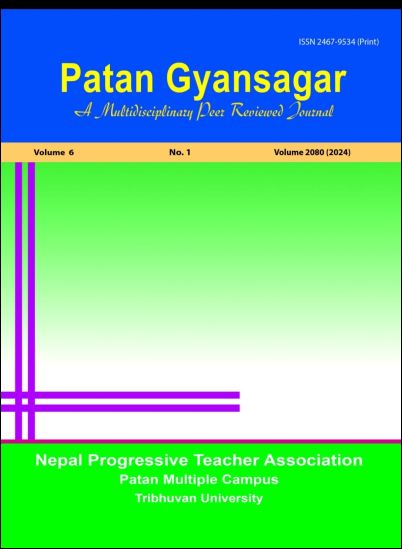Conceptualizing Explorative Data Analysis in Applied Statistics
DOI:
https://doi.org/10.3126/pg.v6i1.67406Keywords:
box plot, maximum, minimum, stem and leaf and whiskerAbstract
The paper examines the conceptual comprehension of explorative data analysis and its application. The content analysis technique has been deployed and hypothetical examples have been used for explaining its application for the completion of this study. Generally, it is sensible to begin any statistical analysis with an informal, exploratory examination of the data, and this is often called exploratory data analysis (short form EDA). The ingredients of EDA are discussed in this paper and it is suggested that it is important to observe EDA as an integral part of statistical inference, and several examples are presented to show the usages of EDA. Many graphical techniques are used in EDA that discerns what data set can reveal further beyond formal modeling of data or hypothesis testing task. This really enables researcher to gain depth knowledge of the variables in data sets and their relationship. Similarly, the study explores about the stem and leaf display, five number summaries, box and whisker plot and outliers. Stem and leaf display helps in listing data in array and also aids in finding data as minimum and maximum values. Similarly, five number summaries are useful to determine the shape of the distribution. Furthermore, box and whiskers plot visually display data through quartiles or using five number summaries whereas outliers incorporate to uncover the values that lie beyond the whiskers.




